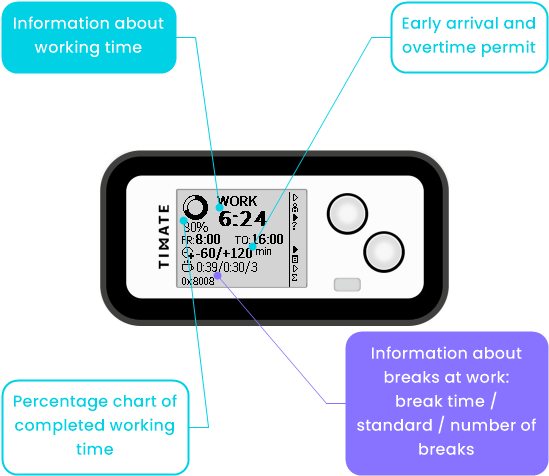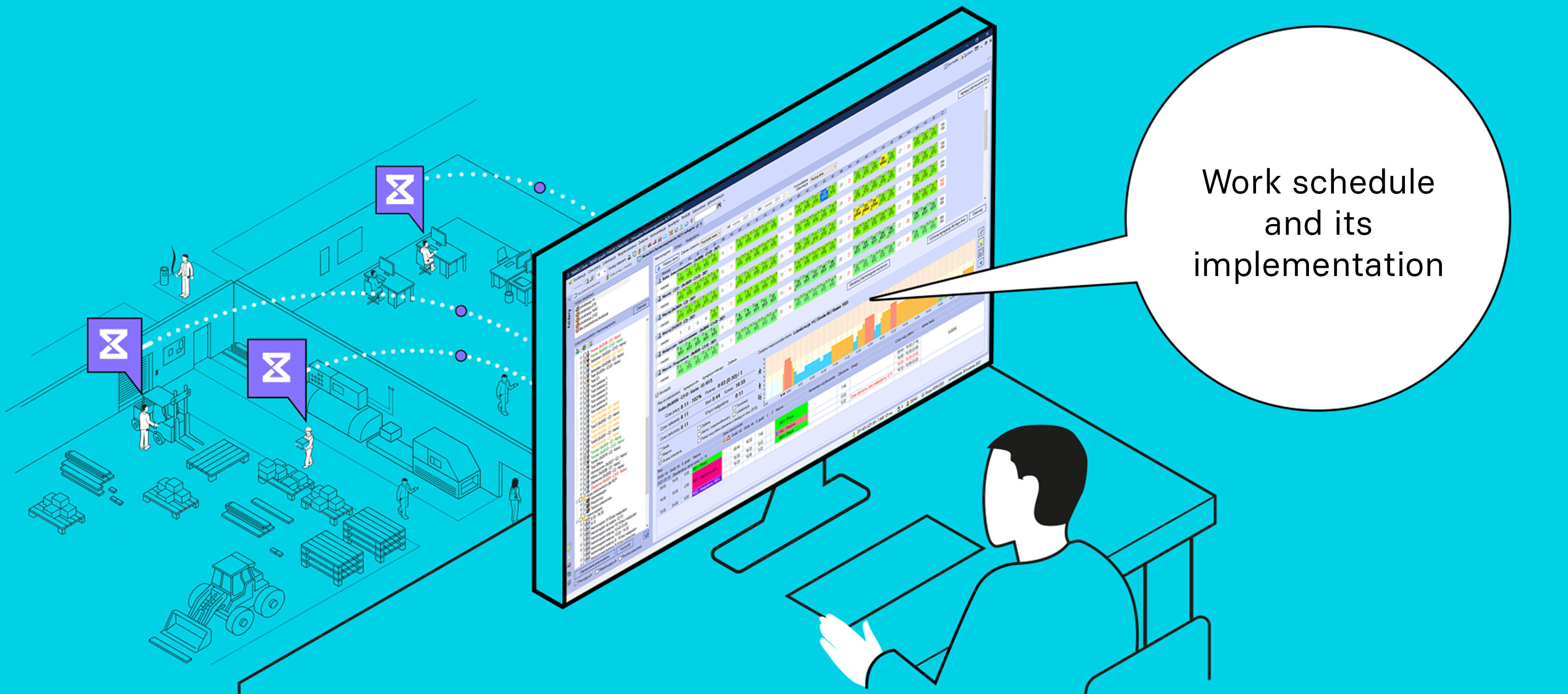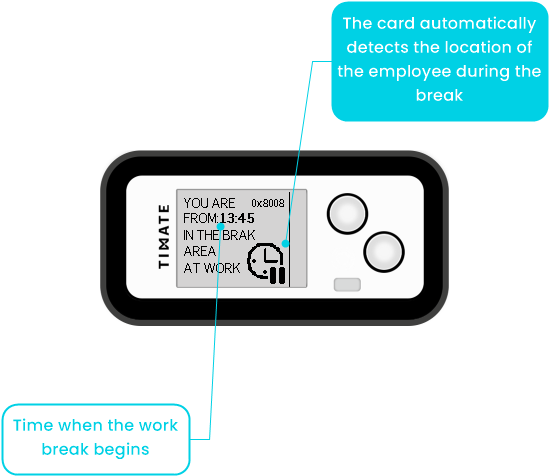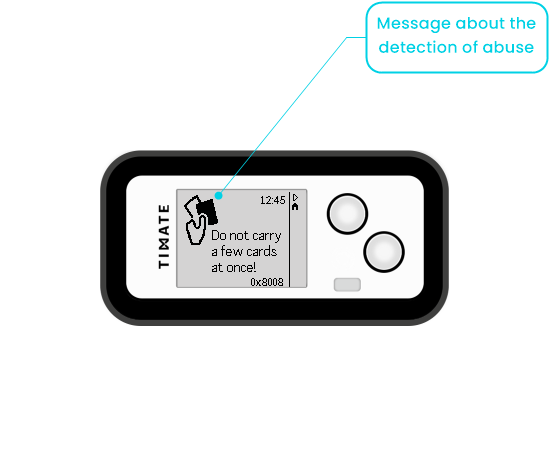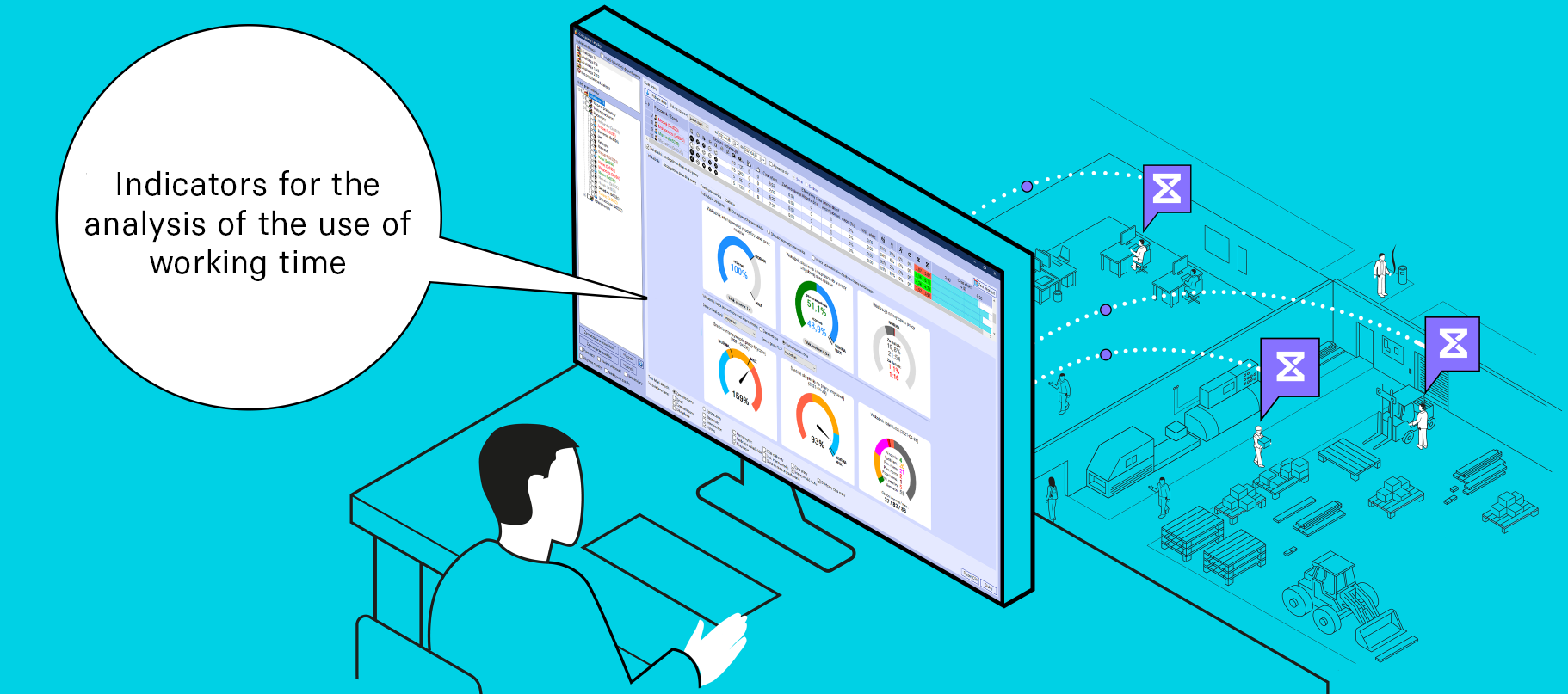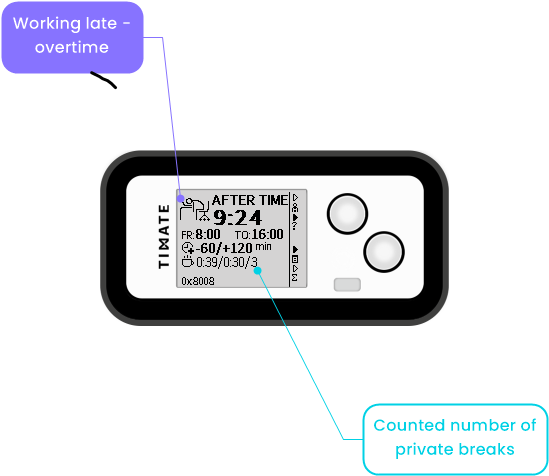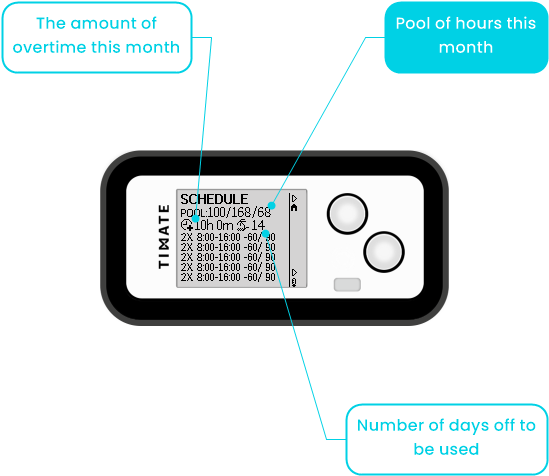Automate the measurement of the working time
It is enough to enter the company premises carrying the TIMATE card , which also functions as the employee ID. The card automatically measures the working time - no need to put it against the reader (no clock-in/clock-out).
The card does not require gates and turnstiles, it can measure the working time in any production halls, warehouses, offices and open spaces.
